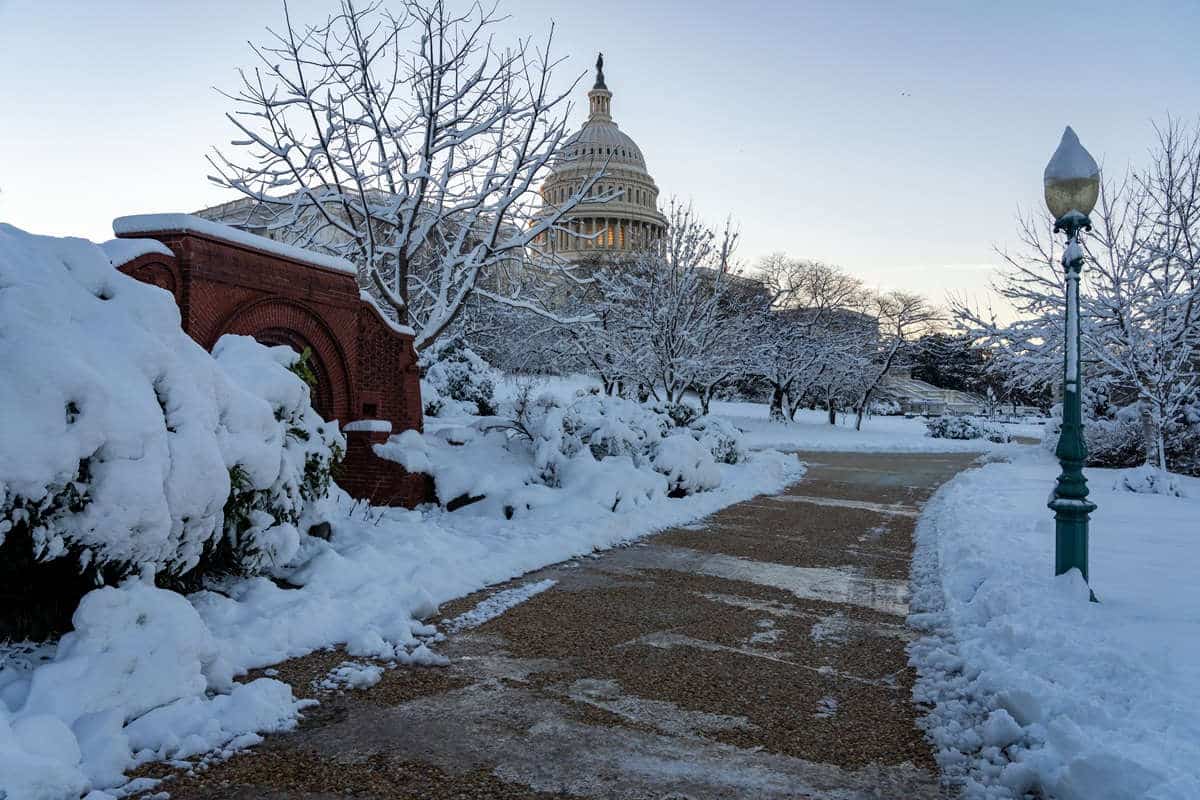Keeping an Eye on the WRDA

While Congress has followed through on deep budget cuts known as sequester, the looming budget proposals by the House and Senate are separated by approximately $90 billion. It is likely this difference will result in a stalemate for both chambers and yet another Continuing Resolution, which essentially extends current spending levels.
Whispers of discussions surrounding Tax Reform have begun on Capitol Hill. It has been documented that House Ways and Means Committee Chairman Dave Camp (R-Mich.) and Senate Finance Committee Chairman Max Baucus (D-Mont.) have engaged in several discussions laying the foundation for tax reform, but there has been no announcement of a plan. Senator Baucus has announced he will not seek re-election and may be interested in pursuing tax reform as a capstone to his Senate legacy. Similarly, Representative Camp faces term-limits to his chairmanship at the end of 2014.
In a break from the status quo, the Senate has taken a lead on a few of these issues where the House has had difficulty moving legislation. As we reported earlier in the year, the Senate passed the WRDA with a Water Infrastructure Financing Investment Act (WIFIA) component. The WRDA, which passed the Senate with overwhelming bipartisan support, awaits action in the House (as of press time).
The Senate version of the WRDA faces a few challenges in the House. Specifically, the WRDA has been known as an “earmark” bill — though not necessarily the bad kind of earmarks that lack transparency. Since Congress implemented an earmark ban, crafting a WRDA that has historically contained earmarked projects has proven to be a challenge for both the House and Senate.
Additionally, the WIFIA component could prove a challenge for the House to include in the WRDA. The Senate version authorizes $50 million per year for five years ($250 million total) to fund WIFIA’s pilot program. This number could be very difficult to swallow for conservative House Republicans who were elected on the promise to cut government spending.
On the other side of the Hill, the House has yet to introduce legislative language for either the WRDA or WIFIA. House Transportation and Infrastructure Committee Chairman Bill Shuster openly calls the WRDA his committee’s “top priority.” The introduction of specific language should not dissuade outsiders to the chairman’s sincerity as the political, logistical and pragmatic challenges abound. Nearly half of the House Transportation and Infrastructure Committee members are serving in their first or second term. This has required an extensive education process by the committee though roundtable discussions, hearings and stakeholder meetings (several of which NUCA has been involved in).
Additionally, without specific language, the House leadership has been slow to divulge a strategy for moving the WRDA through committee and onto the floor knowing that the likelihood of support from the full Republican Caucus is unlikely for philosophical and political reasons.
The House seems unhappy with the way in which the Senate bill circumvents the earmark ban by ceding traditionally Congressional authority to the Army Corps of Engineers (and thus the Executive Branch) to study, select and fund projects. When language is introduced in the House a different approach should be expected. Though it is unclear what tact that will take, it is clear that the House will not be taking up the Senate version in its entirety.
Unfortunately, until legislative language is filed or a discussion draft is circulated, the possibilities abound for how the WRDA could be moved forward. For example, it is possible that the WRDA and WIFIA could move as one bill, but they could also move separately and concurrently. One thing that is certain, however, is that there will be a conference committee between the House and Senate to negotiate a final package for both chambers to consider.
The timeline for introducing language remains in flux. Preliminary conversations suggest the Transportation and Infrastructure Committee hopes to introduce the language of both the WRDA and WIFIA prior to the Fourth of July, followed by committee action prepping the legislation for floor action before the August recess. This is by no means set in stone and could be altered by concurrently moving priorities in the House such as immigration reform and tax reform. Additionally, the IRS and NSA scandals could take eyes off the ball and further delay action.
All said, there is still reason to be optimistic that the WRDA and WIFIA will get done this year. Chairman Shuster remains publically supportive and active in moving legislation. We have seen a positive shift in the rhetoric surrounding the WRDA from the newer members of the committee indicating our education activities and lobbying is having a substantial effect. Additionally, what has in recent years been the most difficult action in Congress has already been taken; the Senate has already passed the bill.
Though the WRDA and WIFIA are by no means a sure thing, we must continue to put the pressure on our Representatives. We must continue to reach out to them, contribute to them and visit them in their districts to persuade action in our best interest.
Will Brown is NUCA’s Government Relations Manager.




